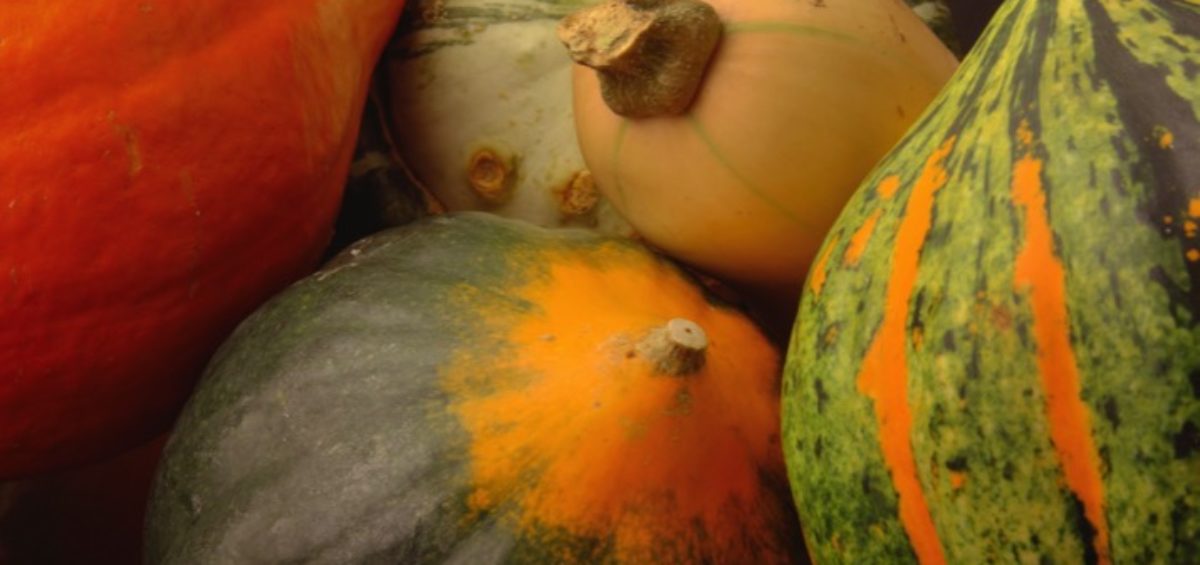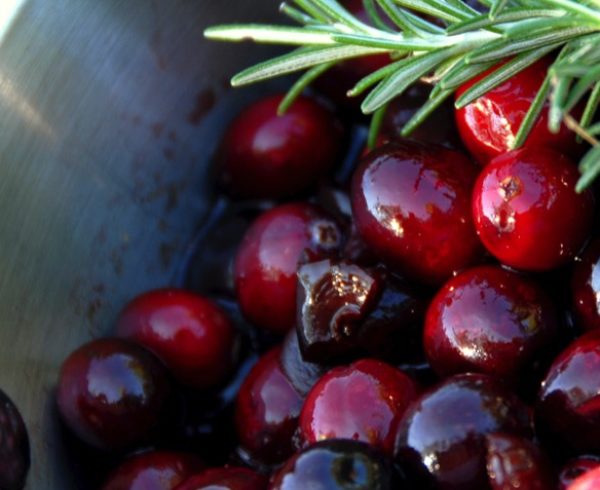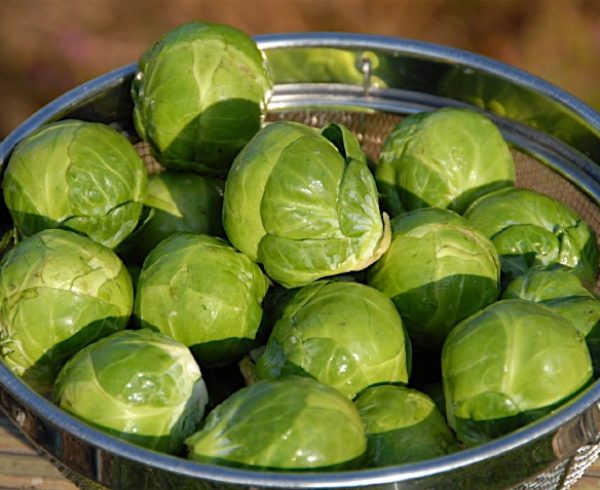Seasonal Availability:
Winter squashes are harvested in Wisconsin in August through October, depending on region and squash variety.
Health Benefits:
Nutrients depend on variety, but in general, squash are low in fat and calories and tend to have high vitamin A, vitamin C, fiber, magnesium, and potassium. The darker the orange color of the squash flesh, the high the antioxidant beta-carotene the squash provides.
How to Select:
There are quite a few varieties of winter squash grown in Wisconsin; no matter the variety select a squash that feels very hard and heavy for its size.
How to Store:
Store out of light at a cool temperature for up to a month.
How to Prepare:
First, squash should be cut, (usually) peeled, and seeded before cooking. When deciding how to prepare the squash—consider the variety. Acorn squash is mild and earthy tasting and works well roasted with bold flavors added. Butternut squash is sweeter and works well roasted or pureed into soups. Delicata squash is creamy, earthy, and sweet enough to roast and eat with a simple drizzle of butter. Cooks often use spaghetti squash’s noodle-like strand flesh in ways similar to pasta; the squash is roasted, and the stringy flesh can be served both hot or cold. Squash can be used to create risottos, lasagnas, or gratins. On the sweeter side, you’ll find them in some dessert recipes for muffins, quick breads, pies, and even some cookie concoctions. Or, if you’re making pumpkin pie from scratch, swap out the pumpkin (ghasp!) for a sweeter squash instead.
Recipe: Winter Squash and Apple Bake
Recipe Information
Total Time: 1 hour 20 minutes; 20 minutes active
Servings: 8
The sweetness of baked apples and squash is accentuated with fall’s warm spices. Consider using milder, sweeter squash such as acorn, butternut, or delicata for this recipe. A perfect side for pork or poultry.
Ingredients
- 2 pounds winter squash, peeled, seeded and cut into 1/4-inch thick slices
- 2 Granny Smith apples, cored and cut into 1/4- to 1/2-inch thick slices
- 3 tablespoons maple syrup
- 3 tablespoons brown sugar
- 2 tablespoons flour
- 1/4 teaspoon ground cinnamon
- 1/4 teaspoon ground nutmeg
- 1/4 teaspoon ground allspice
- Pinch of salt and black pepper
- 1/4 cup cold butter, cut into small pieces
- 1 tablespoon butter, melted
Preparation
Preheat the oven to 375° F. Grease a 9 x 13 inch casserole dish with melted butter. Next, evenly layer the squash and apple slices in the casserole dish, alternating and slightly overlapping the squash slices with the apple slices, until all slices are gone. Then drizzle the maple syrup over the squash and apples.
In a small bowl, mix together the brown sugar, flour, spices, salt and pepper. Then, mix the butter into the flour/sugar mix with your fingers to make a crumbly mixture. Sprinkle the mixture evenly over the top of the squash and apples. Cover the dish with foil and bake for about 40 minutes or until the squash and apples start to become tender. Finally, remove the foil, and let casserole brown for another 15 minutes. Serve warm.
Serving Suggestion
Use your choice of local apples and winter squash in this recipe, and serve as a side dish with ham, pork or poultry.
Nutritional Information
150 calories, 6 g. fat, 15 mg. cholesterol, 37 mg. sodium, 25 g. carbohydrate, 3 g. fiber, 1 g. protein
Recommended reading:
The Beekman 1802 Heirloom Vegetable Cookbook by Brent Ridge, Josh Kilmer-Purcell and Sandy Gluck has taste-bud tempting recipes that make use of winter squash–including Penne with Mushrooms, Winter Squash, and Brown Butter; and Winter Squash Stuffed with Red Quinoa. The book is available through the Hudson Public Library system.
What about you?
What is your favorite type of winter squash? How do you like to use it in your cooking? Head over to our Facebook page to join in the conversation!
Want to see more local, fresh produce in your fridge? Consider becoming an owner of the Hudson Grocery Cooperative—which will be a locally-owned, full-service grocery store that offers diverse food and product choices including organic, sustainable and regionally sourced options for our community.
Image and recipe credit: https://www.welcometothetable.coop/








Leave a Comment